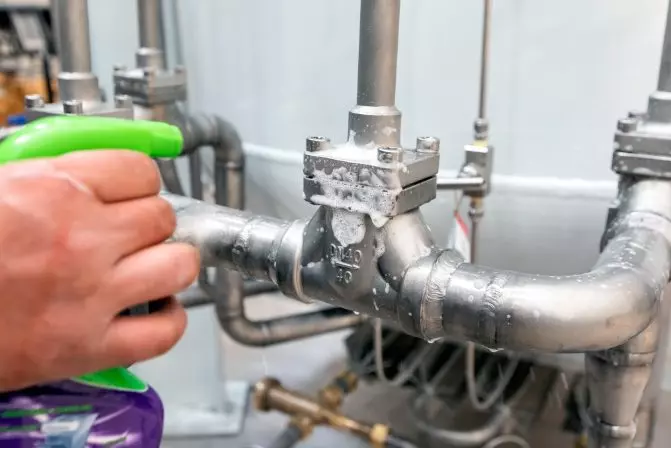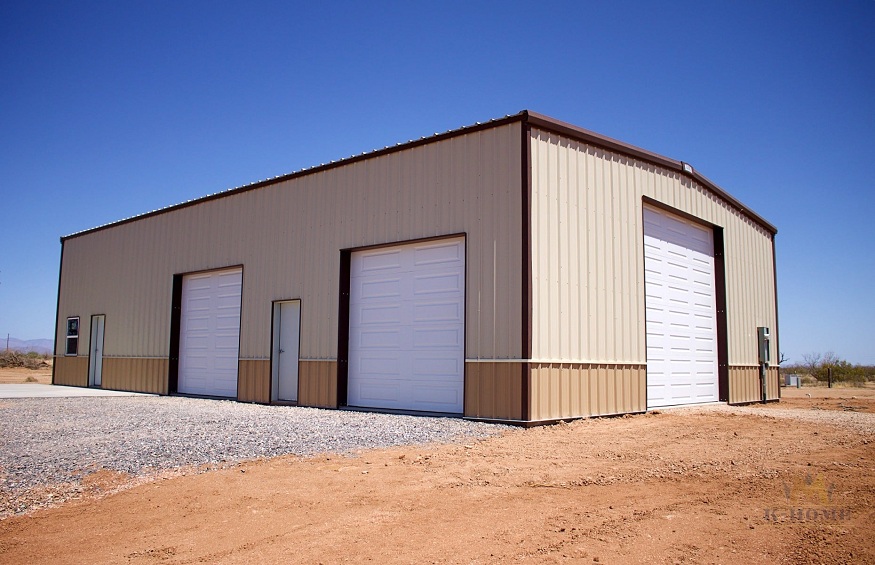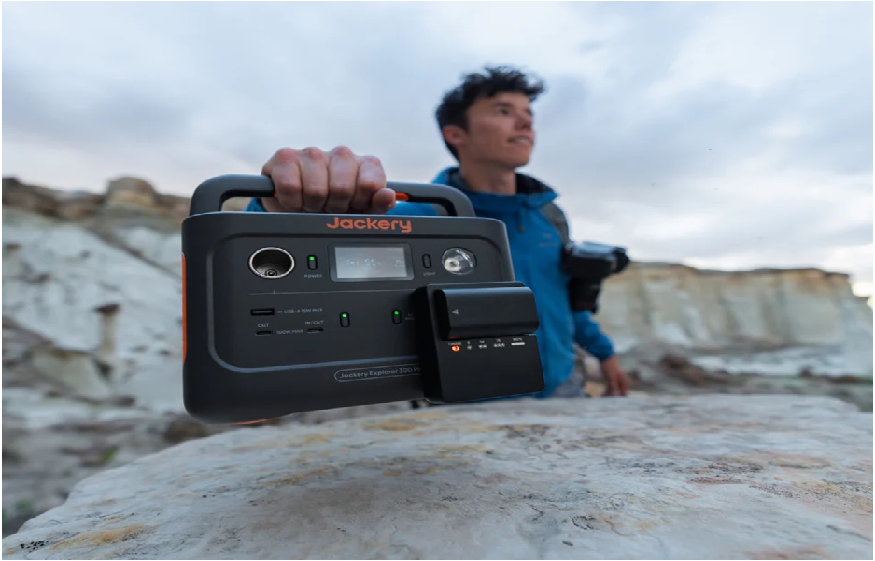For pipelines in many sectors, maintaining their integrity and safety is mostly dependent on pipe testing equipment. Leading producers of pipe testing equipment keep innovating as technology does to suit the changing demands and difficulties of the industry. To emphasize the main characteristics and advantages of these firms, this article examines their present offers and developments.
Technology Advancements
pipe testing equipment producers have used technology developments in recent years to improve the accuracy and efficiency of their offerings. Modern sensors and measuring devices are now included in testing apparatus to provide more accurate leak, fracture, and other fault detection in pipelines. Moreover, the use of robots and automation has simplified testing procedures, lowering human mistakes and raising output levels generally.
Wide Spectrum of Solutions
Leading manufacturers provide a wide selection of pipe testing equipment to suit various uses and sectors. Whether in the construction, water, or oil and gas industries, these solutions which range from pressure testing systems to leak detection devices are made to satisfy the particular needs of different pipeline projects. Manufacturers also frequently provide customizable features so that users may customize the equipment to meet their requirements.
Additional Safety Features
Pipeline operations depend critically on safety, hence manufacturers give top priority to including cutting-edge safety measures in their testing equipment. This covers integrated fail-safe systems, real-time monitoring capabilities, and industry norm and regulation adherence. Modern safety features are investments made by manufacturers to guarantee that their equipment can survive difficult working environments and reduce the possibility of mishaps or environmental damage.
Efficiency and Economy
Apart from safety, manufacturers concentrate on raising the efficacy and economy of their pipe testing equipment. Streamlining testing procedures and cutting down on downtime means improving the equipment’s design and functioning. Further reducing maintenance costs and improving total value for consumers are more robust and long-lasting goods brought about by developments in materials and manufacturing methods.
Going Green
Manufacturers are putting more eco-friendly elements into their pipe testing equipment as the world’s attention on environmental sustainability increases. This includes developing recyclable materials and components and running on sustainable energy sources like solar power. Manufacturers who give environmental sustainability priority not only lessen their carbon footprint but also conform to the principles of stakeholders and customers who care about the environment.
Digital Solutions Incorporation
Leading producers of pipe testing equipment are also heavily integrating digital technologies. This covers creating data analytics tools and software platforms that allow testing equipment to be monitored in real-time, operated remotely, and with predictive maintenance. Manufacturers enable customers to make educated decisions, maximize performance, and reduce operational risks by using the potential of data and connectivity.
Support and Global Reach
Globally operating, top producers of pipe testing equipment provide customers all over the world with complete support and services. For the best possible performance and equipment lifetime, this covers aftermarket support, training courses, and technical support. Manufacturers also frequently maintain a network of authorized distributors and service facilities positioned strategically to serve the demands of regional markets and sectors.
Artificial intelligence integration
An additional noteworthy development in pipe testing equipment is the use of artificial intelligence (AI) technology. AI algorithms are being used by manufacturers to more successfully examine data gathered during testing operations. More accurately and quickly than using conventional techniques, AI-driven systems may identify trends, abnormalities, and possible problems. This lowers the possibility of expensive repairs or mishaps and helps operators spot and fix pipeline issues early on.
Managed at a Distance
Leading producers now provide pipe testing equipment with remote monitoring and control capabilities thanks to the development of sophisticated communication technology. By use of web-based interfaces or mobile applications, these systems enable operators to track testing procedures in real-time from any location in the globe. Remote control capabilities also allow operators to modify testing parameters and settings from a distance, therefore maximizing effectiveness and performance without requiring on-site assistance.
A Scalable Modular Design
Manufacturers are using a modular design approach for their pipe testing equipment more and more to meet the various requirements of various projects and uses. Interchangeable parts and modules that are simply sized and customized to meet certain needs make up modular systems. Whether testing big-diameter pipelines in the field or small-diameter pipes in a laboratory, this scalability allows operators to modify their testing equipment to meet changing project needs.
Enhanced Instruments for Data Visualization
pipe testing equipment manufacturers are creating sophisticated data visualization tools for their pipe testing equipment in reaction to the increasing need for data-driven insights. The interactive graphs, charts, and diagrams that these technologies create from raw data gathered during testing procedures facilitate operators’ interpretation and analysis of outcomes. Manufacturers enable consumers to see trends, patterns, and areas of concern more by using simple visualization interfaces, which promotes well-informed decision-making and problem-solving.
User Experience Focused
Leading manufacturers are giving increasing weight to improving the whole user experience of their pipe testing equipment in addition to technical improvements. Operator learning curves are lowered and operation is simplified by ergonomic designs, user-friendly interfaces, and user-friendly controls. In addition, manufacturers are funding support and training initiatives to guarantee that clients can get the most out of their testing equipment.
Partnerships and Collaboration
Innovation is sparked and pipe testing equipment’s capabilities are expanded by collaboration and collaborations. To create new technologies, standards, and best practices, manufacturers frequently work with industry partners, research institutes, and regulatory agencies. Manufacturers can address shared issues, quicken innovation, and improve the quality and dependability of their products by promoting cooperative relationships and using their combined resources and expertise.
Reactions and Ongoing Development
Leading manufacturers develop and refine pipe testing equipment with a fundamental idea of continuous improvement. To find opportunities for innovation and development, manufacturers aggressively seek out input from operators, consumers, and other industry stakeholders. This feedback-driven method helps manufacturers fix pain spots, optimize product features, and boost overall performance, guaranteeing that their pipe testing equipment remains at the forefront of technical innovation and customer happiness.
Conclusion
Finally, the top producers of pipe testing equipment keep pushing the edge of creativity and quality in the sector. These producers provide top-notch solutions that satisfy the changing requirements and difficulties of pipeline projects worldwide by using technology, giving safety and sustainability priority, and offering complete client support. The producers are still dedicated to pushing the envelope and improving the state of the art in the industry as the need for dependable and effective pipe testing equipment increases.





